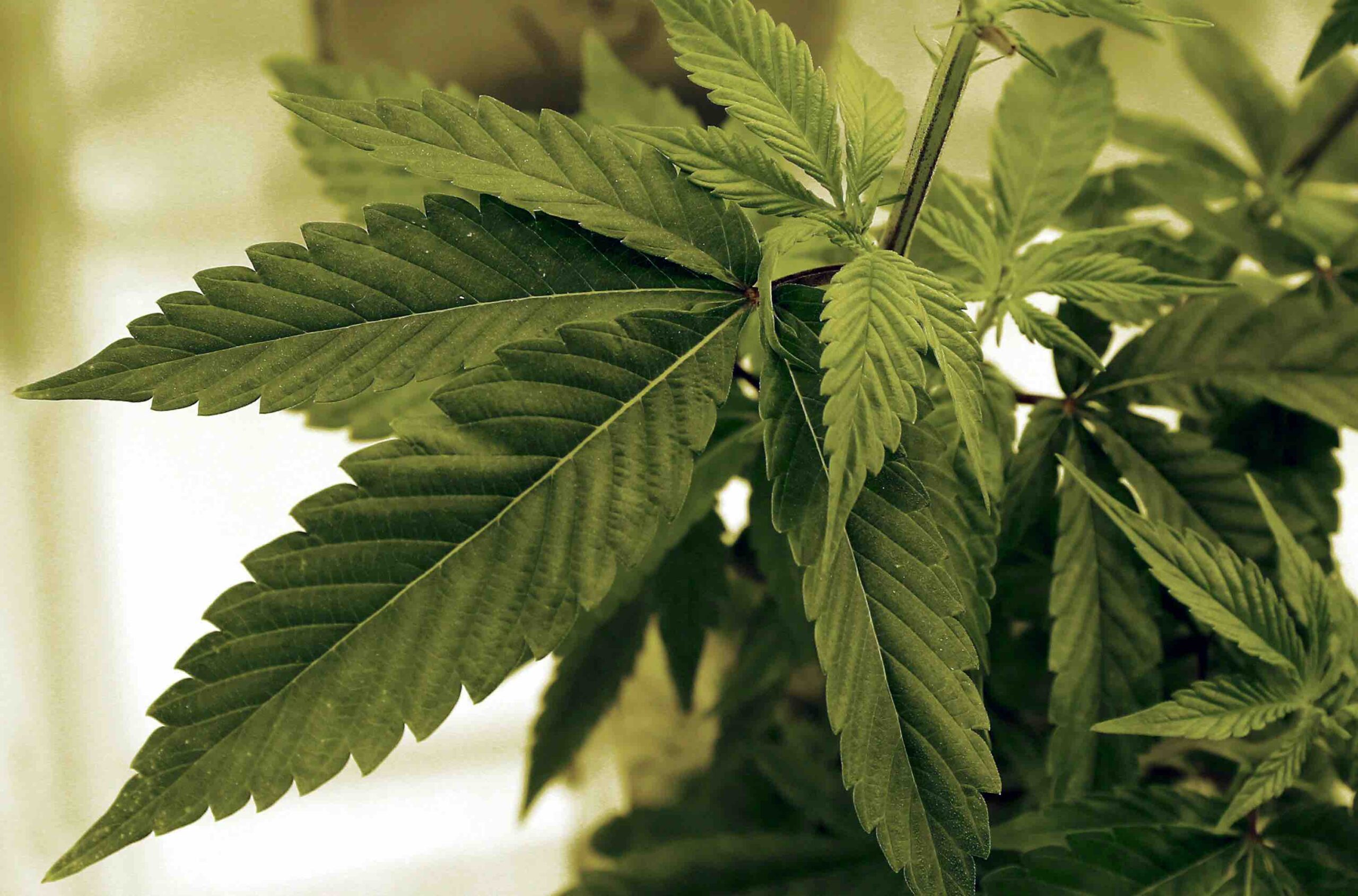If the House passes House File 600—the legalization bill—as expected, it moves to the state Senate.
Winkler says they cite the same old tired arguments: The lack of a clear, easy test for drivers who may be under the influence; the disproven fear that children could be drawn to legal marijuana products; and a feeling that the state should expand its existing medical marijuana program before legalizing for all adults.
“To me, as a policymaker, is like the worst of both worlds,” Winkler says.
Why, in a largely blue state, do Republicans control the state Senate? Mostly because of a couple of quirks in Minnesota’s political framework.
The presence of legalization advocates on the ballot is, on its face, a good thing.
Dan Sparks, a Democrat, who lost to Republican challenger Gene Dornink by 1,818 votes.
In another race, District 14 , the Democratic incumbent won by a little more than 200 votes.
There’s no assurance that every one of Tyler Becvar’s 2,699 votes would have swung to the Democrat had Becvar not been on the ballot, of course.
The only way to get such a measure on the ballot in 2022 is by framing it as a constitutional amendment—which itself can only be put on the ballot with a thumbs-up vote from the legislature.
So, as with Winkler’s bill, Republicans in the Senate can kill legalization by simply refusing to bring the measure up for a vote.
“So one of the things we did was to really dive deep and understand what we could do in a legalization and regulatory scheme, and with taxation, that would actually make a difference on that.
As for racial disparities in law enforcement, the world’s attention has been zeroed in on Minnesota since George Floyd was murdered in Minneapolis in 2020, and the realities remain grim.
